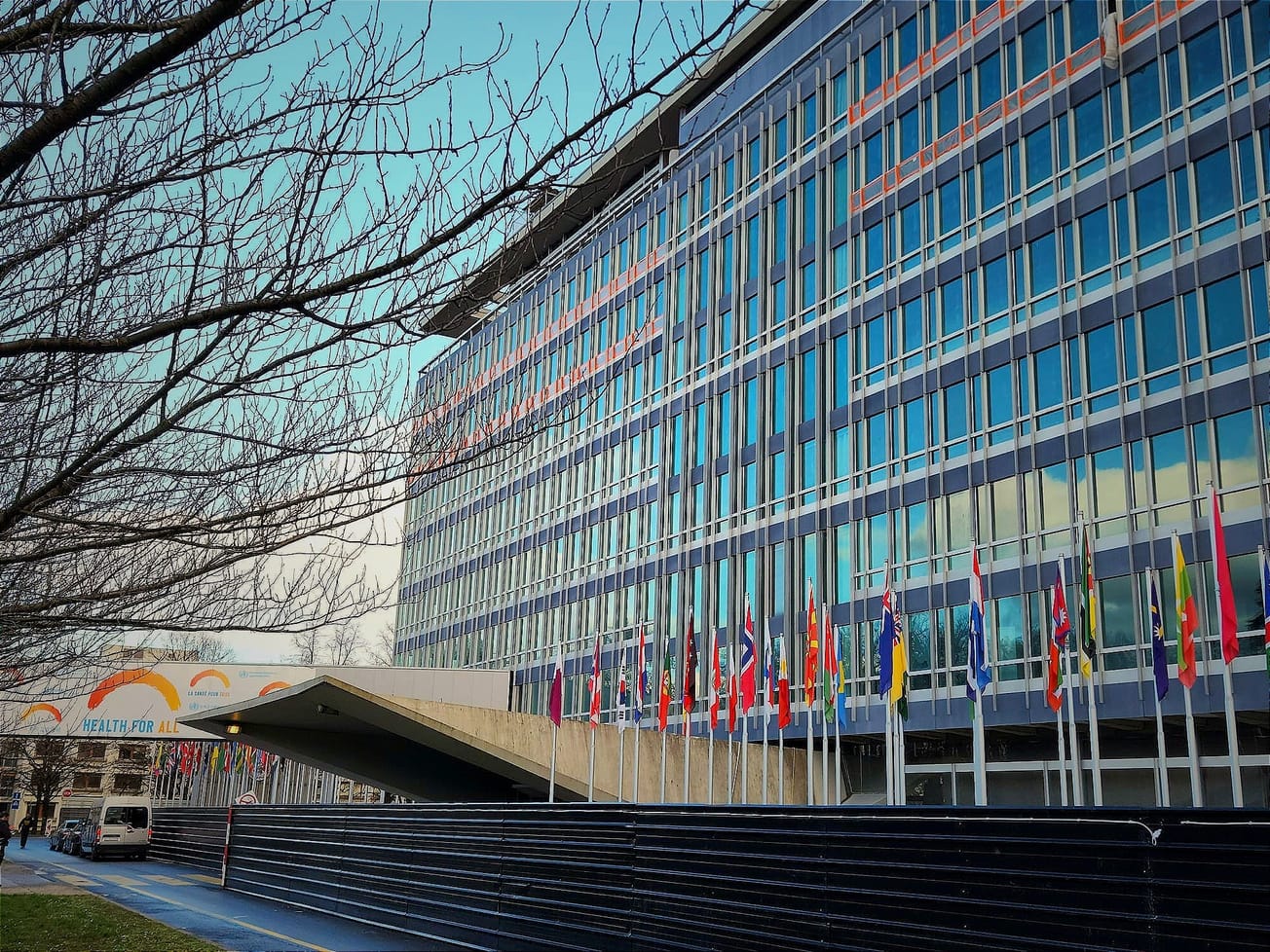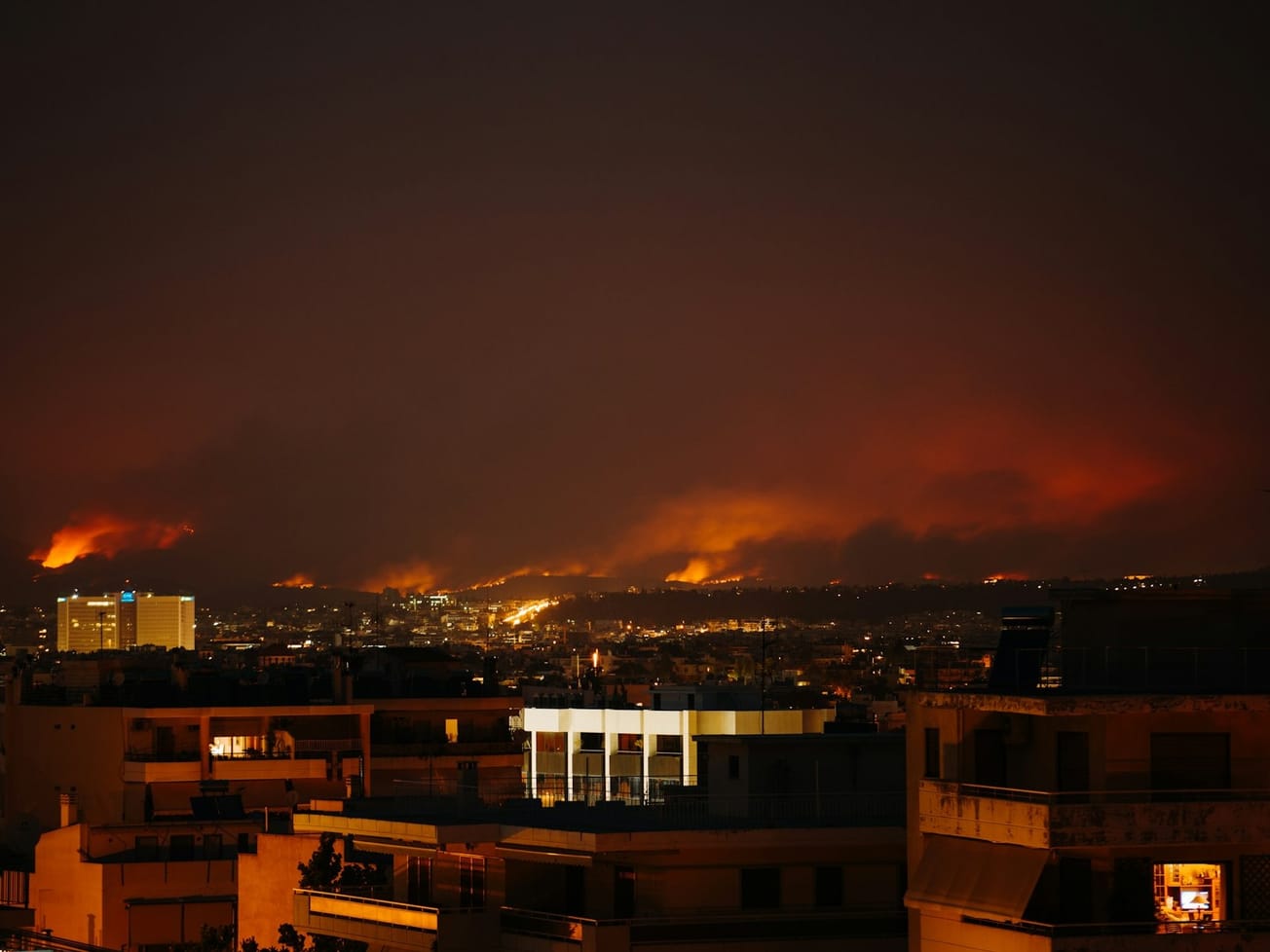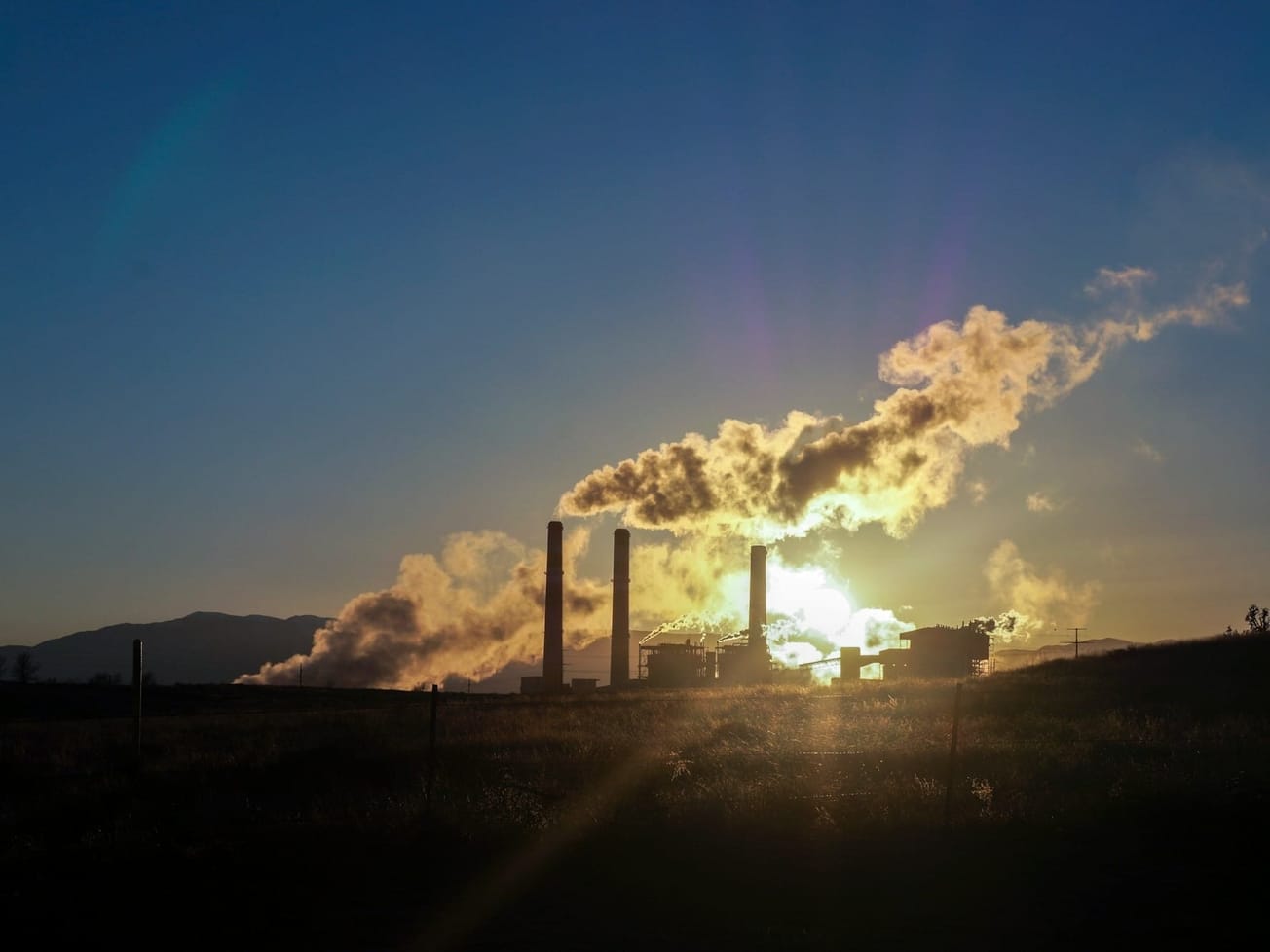Here comes El Niño supercharged by human-induced climate change, and if forecasters are right the Earth could see some epic weather in the near future: record-breaking heatwaves, unrelenting rains, devastating droughts, killer flooding.
While not all the news is bad and a major change in global weather patterns could bring relief to some regions suffering through long-term drought – such as the Horn of Africa and the American West – Central America, the Far East and Australia and large swaths of Africa will likely see significantly less rainfall accompanied by higher temperatures.
For the Caribbean and the Eastern United States, fewer tropical storms and hurricanes will brew in the Atlantic. But on the opposite side of the world, the Pacific will likely experience more frequent and stronger cyclones.
Preparing for changing weather patterns
The U.N.’s Food and Agriculture Organization, already coping with record numbers of people facing acute food shortages, is looking at regions that are especially vulnerable to El Niño and ways to lessen the impact.
Brazil, Australia and South Africa, all major growers and exporters of cereal grains, are among the countries at risk of drier weather, the FAO says.
“Early warnings mean that we have to take early and anticipatory action, and we will support our members in these efforts, to the full extent resources allow,” said Rein Paulsen, head of FAO’s Office for Emergencies and Resilience.
Signs of coming change
In recent months, climate researchers have seen a rapid surge in ocean temperatures in the tropical Pacific, suggesting an imminent change in global climate patterns. These changes, along with global warming caused by greenhouse gases, could mean even higher temperatures and stronger storms in the near future.
Echoing a forecast issued last month from the U.S. National Oceanic and Atmospheric Administration, the U.N.’s World Meteorological Organization reported Wednesday that El Niño will probably arrive by the end of summer, bringing with it the probability of even hotter weather next year.
“The development of an El Niño will most likely lead to a new spike in global heating and increase the chance of breaking temperature records,” WMO's Secretary-General Petteri Taalas said.
Looking at recent history, 2016 was the warmest year on record because of the “double whammy” of a very powerful El Niño and human-induced warming from greenhouse gases, WMO says. The effect on global temperatures usually plays out in the year after an El Niño develops, and so will likely be most apparent in 2024.
WMO Update: Prepare for #ElNiño
— World Meteorological Organization (@WMO) May 3, 2023
We just had the 8 warmest years on record despite cooling La Niña for 3 straight years.
An El Niño event will most likely lead to a new spike in global heating and increase the chance of breaking temperature records.
🔗https://t.co/XfRP2Ca9k4 pic.twitter.com/o5tetawmDG
What is El Nino?
El Niño is a naturally occurring climate pattern associated with warming of the ocean surface temperatures in the central and eastern tropical Pacific Ocean. It occurs on average every two to seven years, and episodes usually last nine to 12 months.
El Niño events are typically associated with increased rainfall in parts of southern South America, the southern United States, the Horn of Africa and central Asia. In contrast, El Niño can also cause severe droughts over Australia, Indonesia, and parts of southern Asia.
El Niño’s counterpart, La Niña, occurs when the tropical waters along the west coast of South America are cooler.
Though they are major forces, El Niño and La Niña are not the only drivers of the Earth’s climate system and researchers continue to study how they work.
NOAA data shows link to hotter weather
No two El Niño events are the same, both WMO and NOAA stress. The organizations say there is no indication of how strong the anticipated El Niño will be or how long it might last.
Data from NOAA shows that in general the warmest year in a decade will come during an El Niño event, while the coolest will occur during La Niña.
The La Niña of the last few years was "a temporary brake" on the rise of global temperatures, Taalas said. Now, "the world should prepare for the development of El Niño."








